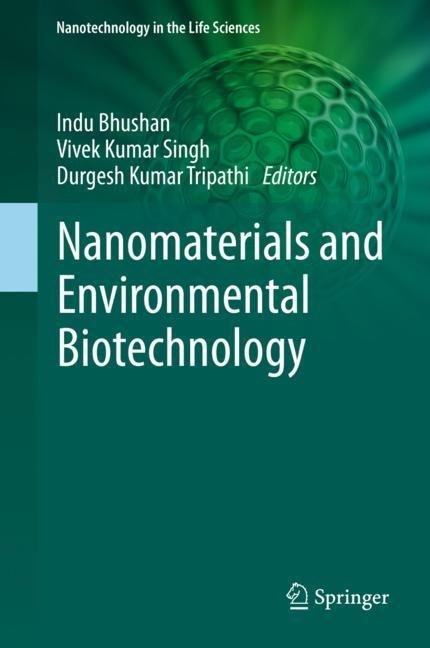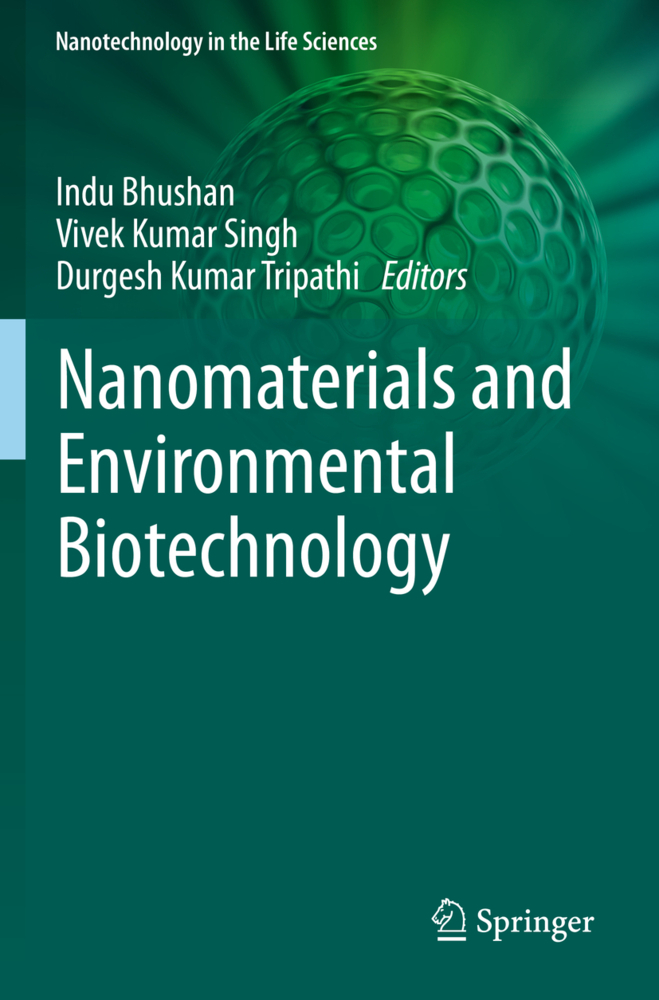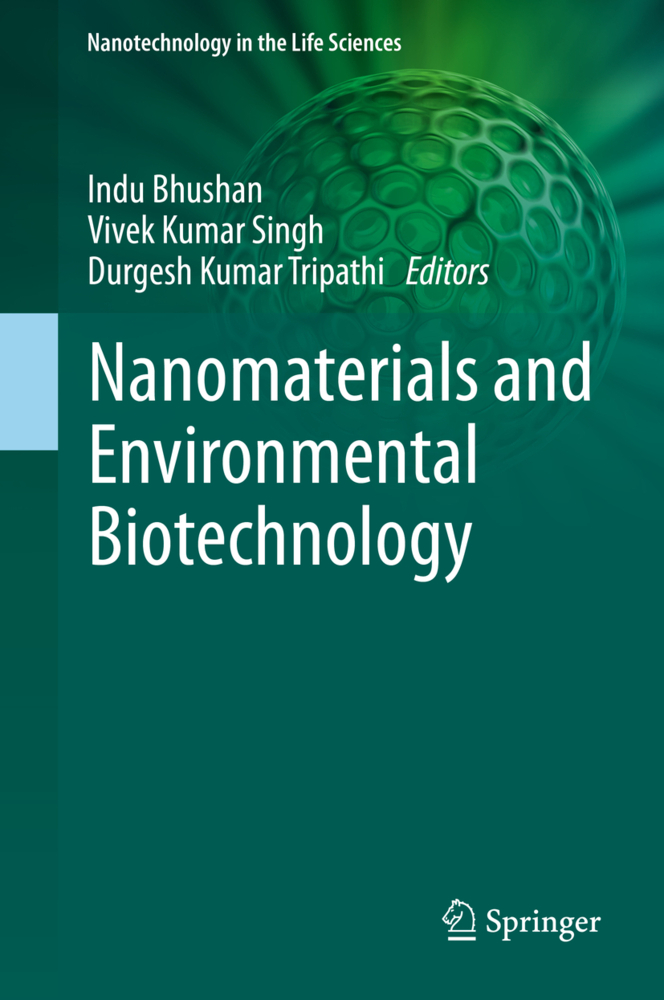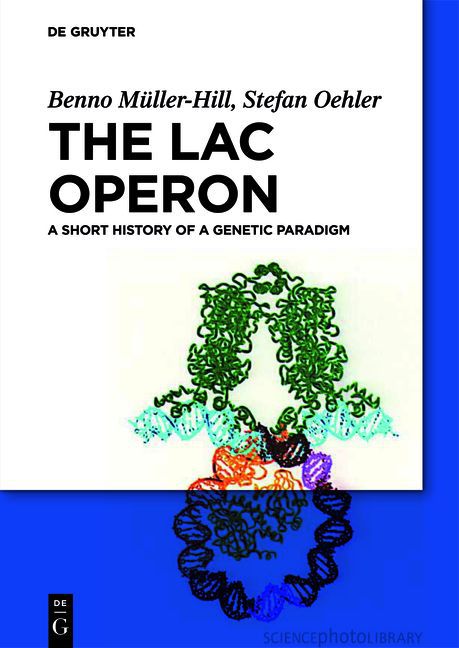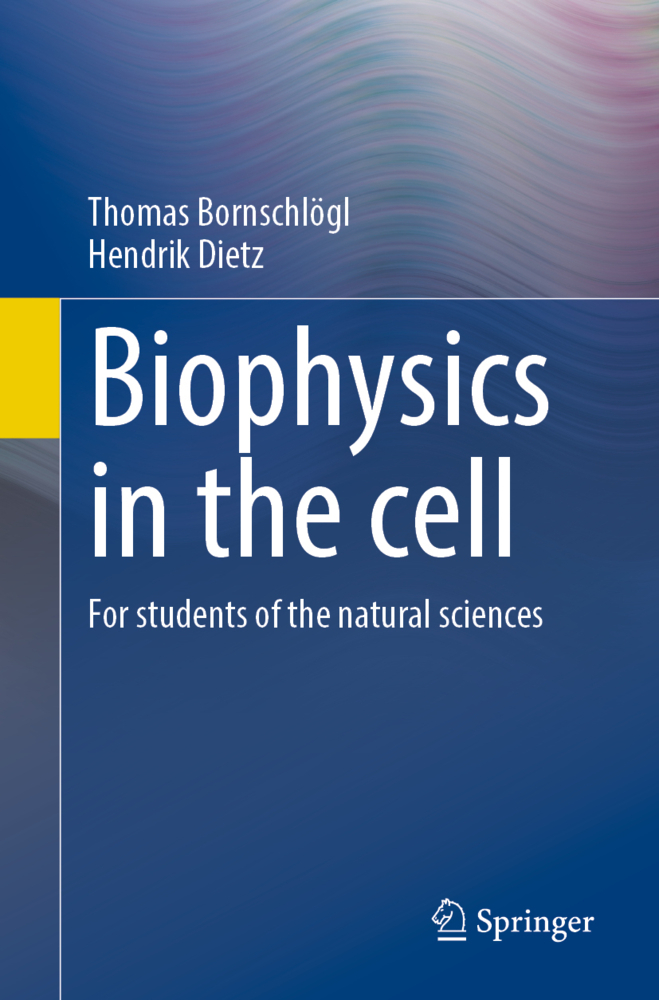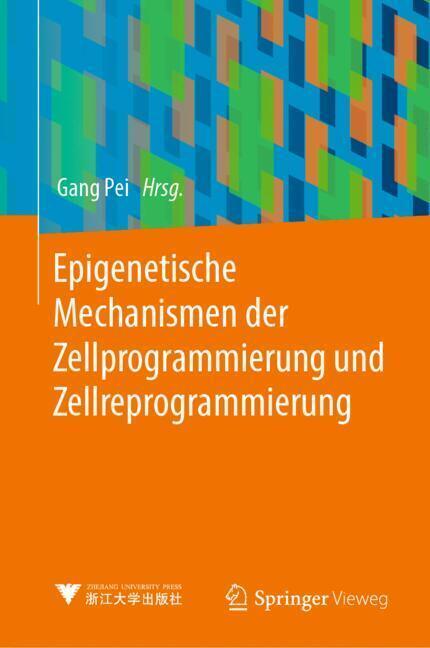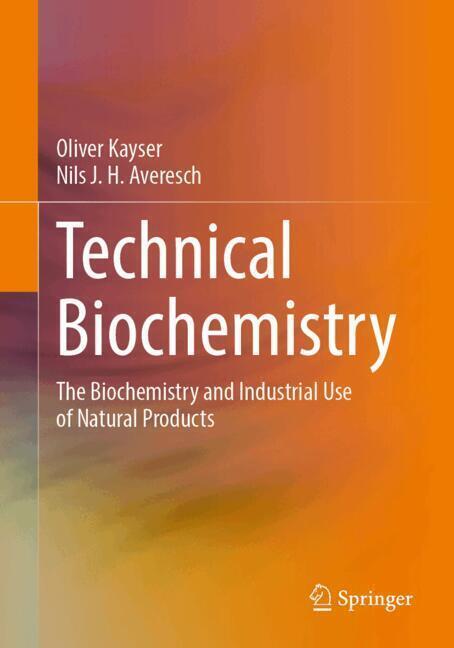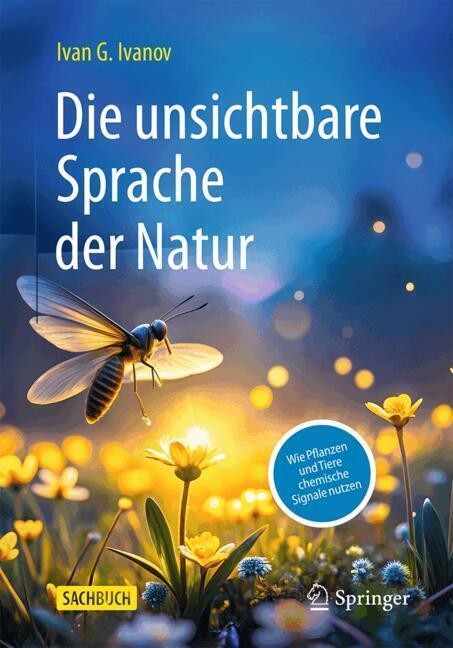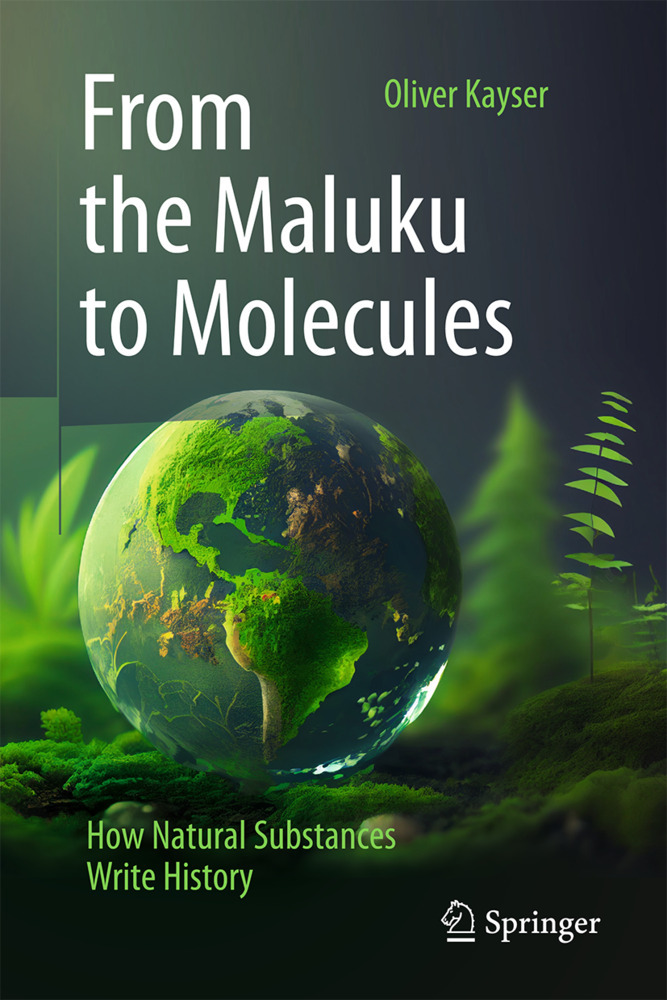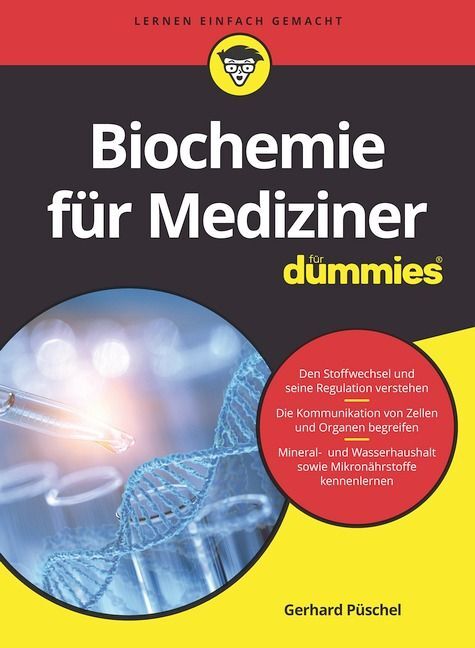Nanomaterials and Environmental Biotechnology
Nanotechnology is considered as one of the emerging fields of science. It has applications in different biological and technological fields which deal with the science of materials at nanoscale (10-9). On the other hand, biotechnology is another field that deals with contemporary challenges. Nanobiotechnology fills the gap between these two fields. It merges physical, chemical, and biological principles in a single realm. This combination opens up new possibilities. At nanoscale dimensions, it creates precise nanocrystals and nanoshells. Integrated nanomaterials are used with modified surface layers for compatibility with living systems, improved dissolution in water, or biorecognition leading to enhanced end results in biotechnological systems. These nanoparticles can also be hybridized with additional biocompatible substances in order to amend their qualities to inculcate novel utilities. Nanobiotechnology is used in bioconjugate chemistry by coalescing up the functionality of non-organically obtained molecular components and biological molecules in order to veil the immunogenic moieties for targeted drug delivery, bioimaging and biosensing.
This book blends the science of biology, medicine, bioinorganic chemistry, bioorganic chemistry, material and physical sciences, biomedical engineering, electrical, mechanical, and chemical science to present a comprehensive range of advancements. The development of nano-based materials has made for a greater understanding of their characterization, using techniques such as transmission electron microscope, FTIR, X-ray diffraction, scanning electron microscope EDX, and so on. This volume also highlights uses in environmental remediation, environmental biosensors and environmental protection. It also emphasizes the significance of nanobiotechnology to a series of medical applications viz., diagnostics, and therapeutics stem cell technology, tissue engineering enzyme engineering, drug development and delivery. In addition this book also offers a distinctive understanding of nanobiotechnology from researchers and educators and gives a comprehensive facility for future developments and current applications of nanobiotechnology.
Dr. Indu Bhushan Sharma, working as Assistant Professor in the School of Biotechnology, Shri Mata Vaishno Devi University, Katra, Jammu and Kashmir, India. He has more than 10 years of teaching experience at University level. His area of research is focused toward Isolation and Purification of Industrial important Microbial Enzymes, Fermentation, Biotransformation and Nanotechnology. He has published more than 20 papers in reputed SCI & high Impact Factor Journals. He is Associate Editor of the Journal 3 Biotech and Annals of Biotechnology and also reviewer of many reputed Journals. He is life member of the Biotech Research Society of India, Society of Biologists, Annual member of Indian Science Congress and Danish Microbiological Society. He did his Ph.D in Biochemistry from IIIM-CSIR, Jammu and Kurukshetra University, Haryana (India). Dr. Sharma is also recipients of prestigious 'Raman Fellowship' awarded by University Grants Commission (UGC), Govt. of India for the year 2015-16 for Post-Doctoral Research in Virginia Commonwealth University, Richmond, Virginia, USA.
Dr. Vivek Kumar Singh, joined Shri Mata Vaishno Devi University in 2008 as Assistant Professor of Physics under Faculty of Sciences. Dr. Singh completed his D. Phil. in 2010 from University of Allahabad under the esteemed supervision of Prof. A.K. Rai, Professor, Department of Physics, University of Allahabad, Allahabad. In last decade, Dr. Singh worked extensively on applications of Laser-Induced Breakdown Spectroscopy (LIBS) for the study of several biological specimens (gallstones, kidney stones, teeth, bones etc). His research interests are in the area of Laser and Spectroscopy. His current research interests include multi-spectroscopy studies of biological samples, organic samples, medicinal plant samples, agricultural samples and food products etc. Trace and heavy metal determination in bio samples, food products (for quality check), and medicinal plant samples are the major thrust areas of Dr. Singh. He is also working in field of Nano-science and Nano-technology for its application to plants and in other areas too. He has published more than 60 International research papers and reviews articles in renowned International Journals with good impact factor. He is also life member of several academic and professional societies. Dr. Singh is also recipients of 'UGC- Raman Fellowship for the year 2015-16 for Post-Doctoral Research in Lawrence Berkeley National Laboratory (LBNL) operated by University of California, Berkley, USA.
Dr. Durgesh Kumar Tripathi, is working as Assistant Professor, in the Amity Institute of Organic Agriculture, Amity University Uttar Pradesh. He did M. Sc and Ph. D in Botany. He has published many research papers in reputed journals with high impact factor and in editorial board member teams of many International journals. He is also life member of several academic and professional societies.
1;Preface;6 2;Contents;8 3;Chapter 1: Nanoparticles and Plant Interaction with Respect to Stress Response;11 3.1;1.1 Introduction;11 3.2;1.2 The Nanoparticle and Its Role in Plant Stress;13 3.3;1.3 Mechanistic Interaction of Nanoparticles in Plant Stress;14 3.3.1;1.3.1 Phytotoxicity Mechanism of Nanoparticles;15 3.3.2;1.3.2 Uptake Mechanism of Nanoparticles;17 3.3.3;1.3.3 Translocation Mechanism of Nanoparticles;17 3.3.4;1.3.4 Interaction Mechanism of Nanoparticles Leading to Stress;18 3.4;1.4 Conclusions and Future Prospects;19 3.5;References;20 4;Chapter 2: Nanoencapsulation Technology: Boon to Food Packaging Industries;26 4.1;2.1 Introduction;26 4.2;2.2 Nanomaterials Used for Food Packaging;27 4.2.1;2.2.1 Lipid-Based Encapsulation of Essential Oils;27 4.2.1.1;2.2.1.1 Emulsions;28 4.2.1.2;2.2.1.2 Solid Lipid Nanoparticle (SLNs);29 4.2.1.3;2.2.1.3 Liposome as Nanocarriers of Bioactive Molecules;29 4.2.1.4;2.2.1.4 Micelles;29 4.2.2;2.2.2 Polymer-Based Encapsulation of Essential Oils;30 4.3;2.3 Active Packaging of EO Nanoparticles as Food Protectant;31 4.4;2.4 Mode of Action of Nanoparticles;34 4.5;2.5 Factors Controlling the Stability of Nanoparticles in Food System;35 4.5.1;2.5.1 Free Energy of Different Phases;36 4.5.2;2.5.2 Droplet Aggregation and Particle Size;36 4.5.3;2.5.3 Emulsifier Type;36 4.5.4;2.5.4 Ionic Strength and pH;37 4.5.5;2.5.5 Thermal Processing;37 4.6;2.6 Nanoparticles as Active Biosensor for Detection of Food Contaminants (Chemicals and Food-Borne Pathogens);37 4.7;2.7 Application of Nanoparticles in Different Food Sectors;38 4.8;2.8 Safety Issues Associated with Application of Nanotechnology in Food Packaging/Food Preservation;39 4.9;2.9 Future Prospective;42 4.10;References;42 5;Chapter 3: Ecotoxicity of Metallic Nanoparticles and Possible Strategies for Risk Assessment;50 5.1;3.1 Introduction;50 5.2;3.2 Synthesis of Metallic Nanoparticles;51 5.3;3.3 Application of Nanoparticles;51 5.4;3.4 Toxicity of Metallic Nanoparticles;53 5.4.1;3.4.1 Uptake of Metallic Nanoparticles;55 5.4.2;3.4.2 Mode of Action of Nanoparticles;55 5.5;3.5 Ecotoxicology Assessment and Possible Strategies;56 5.6;3.6 Conclusions;56 5.7;References;57 6;Chapter 4: Tripartite Interaction Among Nanoparticles, Symbiotic Microbes, and Plants: Current Scenario and Future Perspectives;63 6.1;4.1 Introduction;63 6.2;4.2 Nanoparticles Versus Plant Growth;64 6.3;4.3 Nanoparticles Versus Soil Microorganisms;65 6.4;4.4 Nanoparticles Versus Symbioses;66 6.4.1;4.4.1 ZnO Nanoparticle Versus Symbioses;66 6.4.2;4.4.2 Ag Nanoparticle Versus Symbioses;67 6.4.3;4.4.3 CeO2 Nanoparticle Versus Symbioses;67 6.4.4;4.4.4 Fe3O4 Nanoparticle Versus Symbioses;68 6.5;4.5 Conclusions;68 6.6;4.6 Future Perspectives;69 6.7;References;70 7;Chapter 5: Effect of Nanoparticles on Plant Growth and Physiology and on Soil Microbes;73 7.1;5.1 Introduction;73 7.2;5.2 Effect of Nanoparticles on Plants;75 7.2.1;5.2.1 Effects of NPs on Photosynthesis;78 7.3;5.3 Effect of Nanoparticles on the Soil Microbial Community;78 7.4;5.4 Impact of Carbon Nanotubes on Plants;80 7.4.1;5.4.1 Effect of CNTs on Photosynthesis Mechanism;83 7.5;5.5 Effect of CNTs on Soil Microbial Community;84 7.6;5.6 Future Possibilities;85 7.7;References;85 8;Chapter 6: Recent Trends and Advancement Toward Phyto-mediated Fabrication of Noble Metallic Nanomaterials: Focus on Silver, Gold, Platinum, and Palladium;94 8.1;6.1 Introduction;94 8.2;6.2 An Overview on Phyto-mediated Fabrication of Metallic NMs/Noble Metallic NMs;98 8.3;6.3 Recent Fabrication Trends of Silver, Gold, Platinum, and Palladium NMs Using Plant System;100 8.4;6.4 General Mechanism of Silver, Gold, Platinum, and Palladium NM Fabrication in Plant System;103 8.5;6.5 Key Factors/Parameters for Optimal Fabrication of Silver, Gold, Platinum, and Palladium;103 8.6;6.6 Characterization of Metallic NMs (Silver, Gold, Platinum, and Palladium);104 8.7;6.7 Conclusions and Future Perspective;105 8.8;References;106 9;Chapter 7: Development of Environmental
Bhushan, Indu
Singh, Vivek Kumar
Tripathi, Durgesh Kumar
| ISBN | 9783030345440 |
|---|---|
| Artikelnummer | 9783030345440 |
| Medientyp | E-Book - PDF |
| Copyrightjahr | 2020 |
| Verlag | Springer-Verlag |
| Umfang | 432 Seiten |
| Sprache | Englisch |
| Kopierschutz | Digitales Wasserzeichen |

